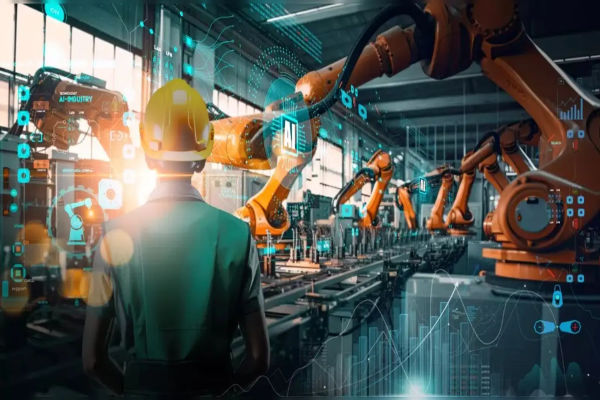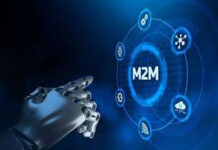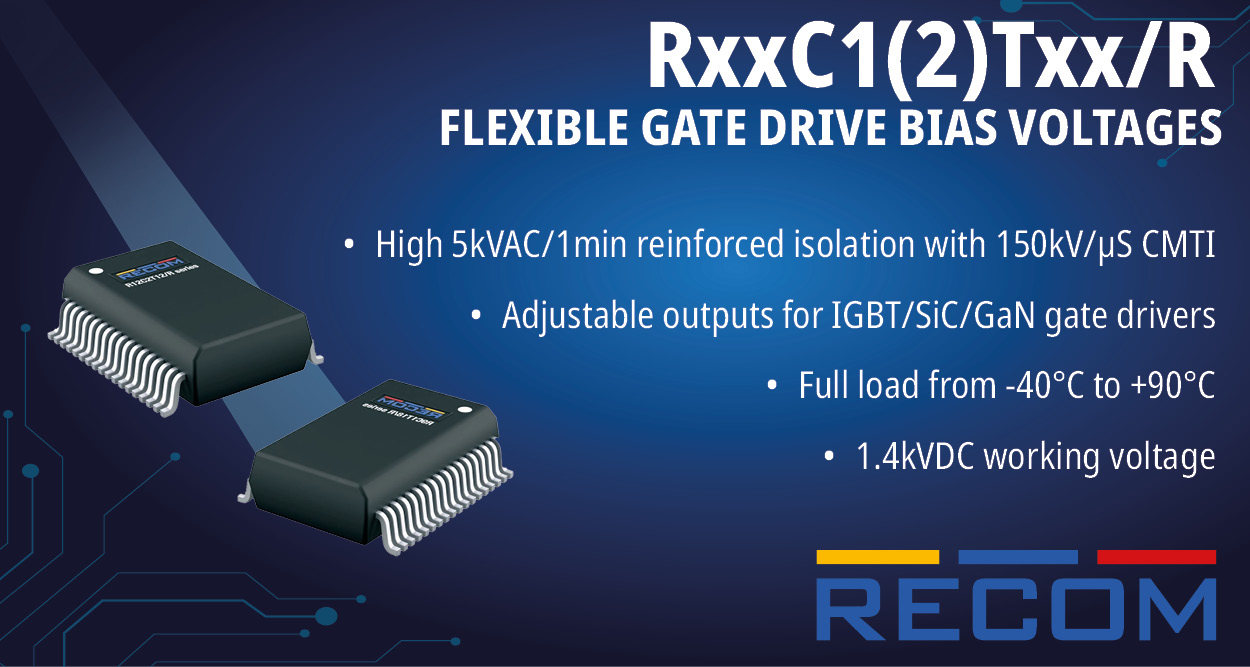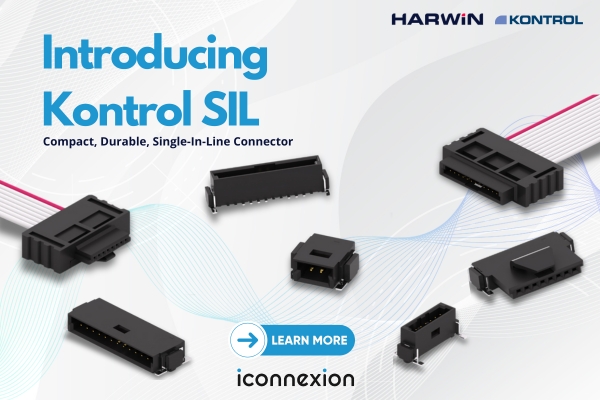The Industrial Internet of Things (IIoT) is a subset of the Internet of Things (IoT) that focuses on the industrial sector. It involves the integration of smart sensors, actuators, and other advanced technologies with industrial systems to improve automation, efficiency, and productivity. IIoT is a key component of Industry 4.0, enabling real-time monitoring, predictive maintenance, and enhanced decision-making processes.
IIoT has evolved from traditional industrial automation and control systems. Over time, industries have progressed from mechanization using steam engines (Industry 1.0) to mass production with electricity (Industry 2.0), followed by computer-driven automation (Industry 3.0), and now the fusion of digital technologies, IoT, AI, and machine learning (Industry 4.0). The importance of IIoT in Industry 4.0 is immense as it enhances efficiency, reduces costs, enables predictive maintenance, and supports data-driven decision-making.
Core Technologies Powering IIoT
IIoT relies on various technologies that enable its functionalities. Sensors and actuators play a key role in data collection and process control. These include temperature, vibration, proximity, and pressure sensors, which help monitor and optimize industrial operations.
Edge computing and cloud integration improve IIoT efficiency by processing data closer to the source, reducing latency, and minimizing bandwidth usage. Artificial Intelligence (AI) and Machine Learning (ML) analyze vast amounts of industrial data, allowing predictive maintenance, process optimization, and automated quality control. The adoption of 5G in IIoT enhances real-time monitoring, remote operations, and scalability, making industrial processes more reliable and efficient.
IIoT Architecture and Components
IIoT architecture consists of multiple interconnected layers. The perception layer includes sensors and devices that collect data. The network layer is responsible for data transmission through wired or wireless connections. The edge layer processes data locally before sending it to the cloud, where deeper analysis and storage occur. Finally, the application layer provides user interfaces for monitoring and control. Data acquisition and processing are critical components of IIoT. Techniques such as data filtering, aggregation, and real-time analytics ensure that only relevant information is processed and utilized.
However, security remains a challenge, as IIoT networks are vulnerable to cyber threats. Measures like data encryption, access control, and network security tools help mitigate these risks and protect industrial assets.
Applications of IIoT Across Industries
IIoT is widely used across various industries, revolutionizing operations and increasing efficiency. In smart manufacturing, automated assembly lines, energy management, and inventory tracking improve productivity. The oil and gas industry benefits from IIoT through pipeline monitoring, remote asset management, and enhanced safety protocols.
Energy management and smart grids use IIoT to optimize demand response, track energy consumption through smart meters, and improve power distribution. Logistics and supply chains integrate IIoT for fleet management, cold chain monitoring, and warehouse automation, ensuring seamless operations. The healthcare sector also leverages IIoT for remote patient monitoring, smart hospital operations, and predictive maintenance of medical equipment.
Challenges and Risks in IIoT Implementation
Despite its advantages, IIoT faces several challenges. Security and data privacy are major concerns, as industrial networks are targets for cyberattacks. Implementing robust security measures such as encryption, authentication protocols, and network monitoring is essential.
Scalability challenges arise due to infrastructure costs, interoperability issues with legacy systems, and data overload. Managing large volumes of sensor data efficiently and ensuring seamless integration with existing industrial processes are crucial for successful IIoT adoption.
Future Trends in IIoT
The future of IIoT is driven by technological advancements. Predictive maintenance using AI and IoT allows businesses to anticipate and prevent equipment failures, reducing downtime and costs. Digital twins, virtual replicas of physical assets, enable real-time simulation and monitoring, improving operational efficiency.
Blockchain technology enhances IIoT security by providing tamper-proof transaction records and decentralized data management. As industries continue to evolve, IIoT will play a vital role in shaping the next generation of smart manufacturing and automation.
Case Studies of IIoT in Action
Several companies have successfully implemented IIoT to enhance their operations. Siemens’ MindSphere, a cloud-based IIoT platform, enables real-time analytics for industrial processes. GE’s Predix software helps businesses leverage IIoT for predictive maintenance and operational efficiency. In agriculture, John Deere’s smart farming solutions use IIoT for precision agriculture, automated irrigation, and real-time monitoring of crops and equipment.
How to Implement IIoT in Your Business
Deploying IIoT solutions requires a strategic approach. Businesses should first assess their needs and identify areas for IIoT integration. Choosing suitable technologies, such as sensors, connectivity solutions, and cloud platforms, is essential for a seamless transition.
A well-defined data strategy, including data collection, storage, and analysis, ensures the effectiveness of IIoT systems. Implementing strong security measures, such as encryption and access controls, protects industrial networks from cyber threats. Conducting pilot tests before full deployment helps evaluate IIoT solutions and optimize their performance. IIoT is transforming industries by enabling smarter operations, improving efficiency, and reducing costs. By leveraging advanced technologies such as AI, ML, and blockchain, businesses can enhance productivity and ensure long-term success. As IIoT adoption continues to grow, industries will witness a new era of industrial automation and digital transformation
















